A Brief History of Breast Cancer


Breast cancer diagnostics, treatment, and prevention have come a long way since ancient Egyptian times. Check out the history of this common and, at least to early doctors, puzzling disease.

Breast cancer: Now and then
乳腺癌是最著名和researched cancers in the medical world today. A diagnosis of breast cancer in the 21st century, while certainly terrifying, is no long the death sentence it was years ago. In fact, women who detect breast cancer early in its development have a very good chance of a cancer-free future. But this was not always the case.

Breast cancer in ancient Egypt
The first mention of cancer of any kind was a case of breast cancer documented in Egypt around 1600 BC. TheEdwin Smith Papyrus, an ancient text found in 1860 in an Egyptian tomb, described eight cases of tumors or ulcers of the breast. The first doctors attempting to treat breast cancer wrote of the mysterious disease: “There is no treatment!”

Early notions about the cause
Without the benefit of 21st century diagnostics, physicians and medical researchers throughout history posited the following theories regarding the possible causes of breast cancer: humoralism, divine punishment, lack of (or too much) sexual activity, physical injuries, fear of breast cancer.

'The wandering womb'
Cases of breast cancer in ancient times were often attributed to what Hippocrates called “the wandering womb.” This particular explanation hinged on the belief that a woman’s uterus could move throughout the body leaving health problems of every kind in its wake.

Finally seen as important
It was not until the 19th century, when improvements in sanitation and disease control dramatically increased the average lifespan of women, that breast cancer demanded serious attention from the medical community.

The first successful treatment
French surgeon Jean Louis Petit and later Scottish surgeon Benjamin Bell were the first to surgically remove lymph nodes, breast tissue, and chest muscle as a treatment for the disease. This method was the first successful treatment of breast cancer.

The first mastectomy
Surgeon William Stewart Halsted began performing and perfecting mastectomies around 1882. Halsted’s mastectomies were invasive, requiring the removal of both breasts, lymph nodes, and underlying muscle. The radical procedure was deemed necessary to prevent the cancer from recurring, but often left patients with long-term pain and disability.

Better surgery, better outcomes
By the 1970s, researchers began to develop the lumpectomy, a less invasive surgical option that removes only the cancerous tumor and any surrounding tissue affected by the tumor. By 1985, research found that a lumpectomy followed by radiation treatment gave women a chance of survival equal to the considerably more invasive mastectomy.
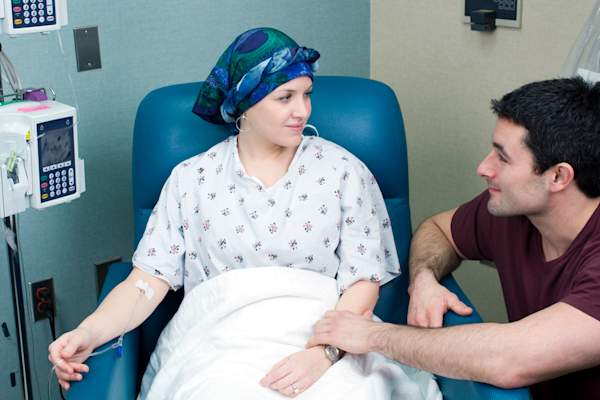
Chemotherapy and radiation
Doctors first used radiation to shrink cancerous tumors of all kinds around the turn of the 20th century. Chemotherapy became an option after World War II. It is used to shrink cancerous tumors before surgery, prevent recurrences after surgery, and treat cancer that is metastasized, or has spread to other parts of the body.

A targeted approach
Scientists began to experiment with ways of combining treatments to improve outcomes. Throughout the 1970s, this exploration led to a better understanding of how cancer spreads through the body. This understanding led to the development of less invasive, but more targeted treatments. This approach to cancer treatments and research continues today.
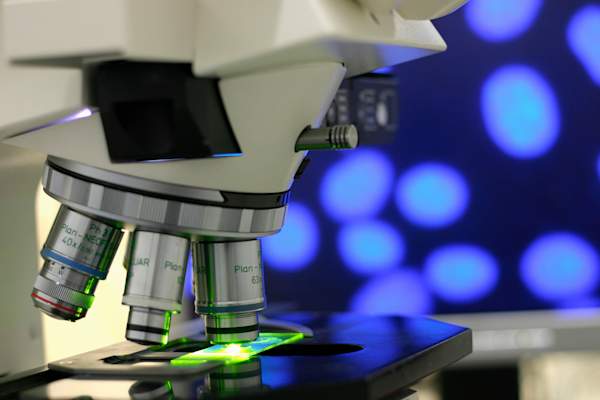
Early research
In 1923, English scientist Janet Lane-Claypon did the first large scale review of women with breast cancer, which identified several risk factors that are still considered valid today: specifically, pregnancy, number of children, and age at which menopause started.
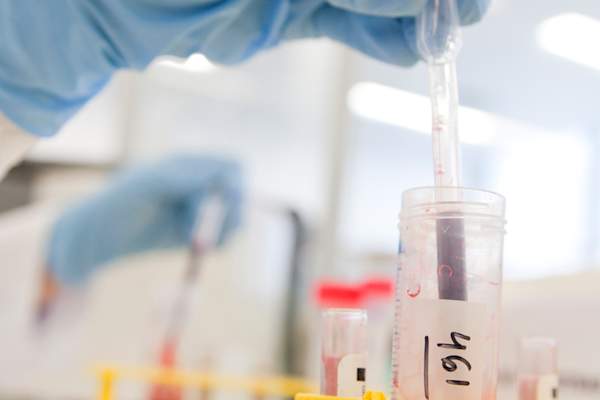
Treatments that failed
In the 1980s and 1990s, thousands of women who had undergone standard breast cancer treatment also received high-dose bone marrow transplants, with the hope that this would improve their long-term survival rates. Unfortunately, the treatment proved disastrous after 15 to 20 percent of the women died due to the treatment.

The dangers of hormone replacement therapy
A 1995 report from the Nurses’ Health Study and 2002 results of research from the Women’s Health Initiative concluded that hormone replacement therapies, which had become popular among menopausal women, could significantly increase the risk of breast cancer.
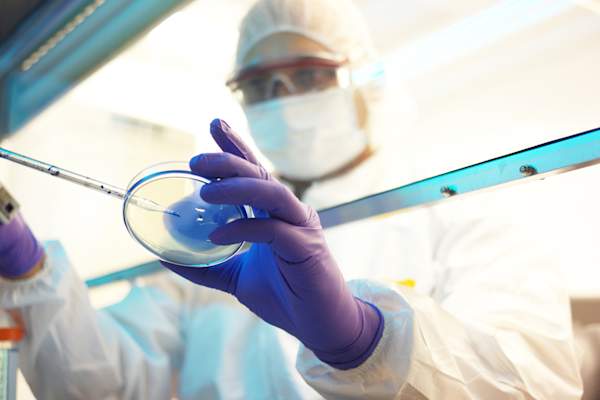
A preemptive attack
In the late 1990s, scientists found that certain variants of the genes BRCA1 and BRCA2 are associated with an 80 percent increase in breast cancer risk. Some women who discover this gene mutation within their genetic makeup will take proactive steps to reduce their risk of cancer, including preemptive mastectomies and even hysterectomies.
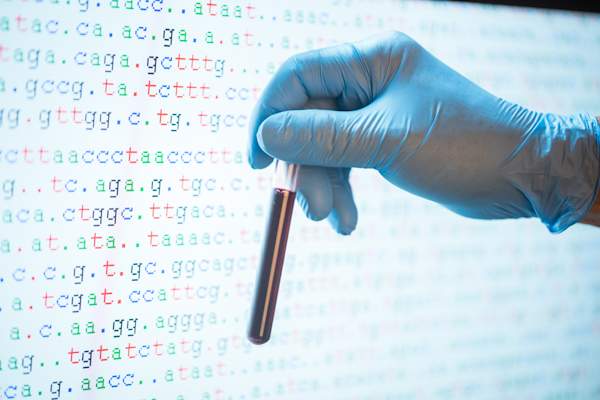
The new frontier of genetic testing
As scientists deepen their understanding of the role of genetics in breast cancer risk, research has turned to developing individualized breast cancer treatments based on a woman’s genetic makeup. Meanwhile, some research focuses on techniques to repair or even replace harmful genes before breast cancer occurs.
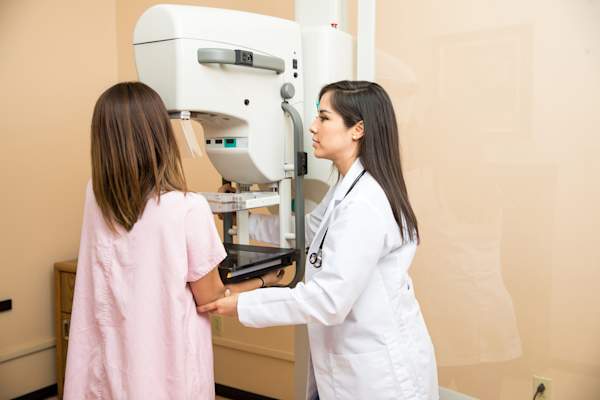
What you can do now
随着研究的继续改善,are steps that every person can take to prevent breast cancer or any kind of cancer: eat a healthy diet, get regular exercise, keep your weight down, and avoid alcohol whenever possible. Also, follow the recommended screening guidelines, which include regularself-examsandannual mammogramsafter 40 or 50 years old.

